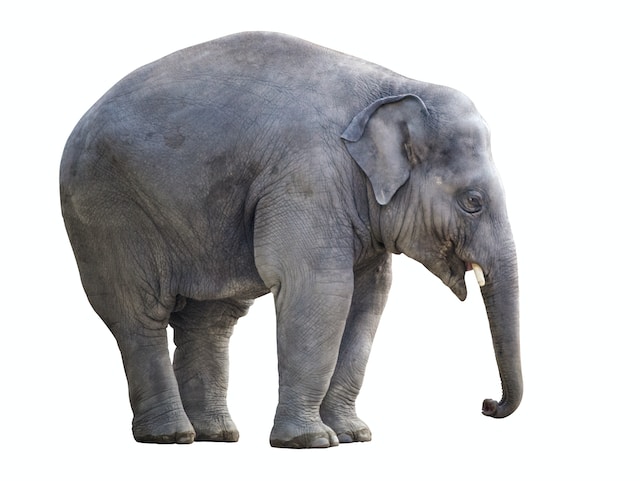There is an old story about a group of blindfolded people who were asked to describe an elephant. Each one was touching a different part of the elephant’s body; thus, each had a different idea of what the entirety of the elephant was like. “An elephant is tough and wrinkly” said the one touching the elephant’s hide. “No, no,” said another, who was touching the elephant’s trunk, “an elephant is long and cylindrical.” “You are both wrong” said the third, “an elephant is short and ragged.” He was holding onto the elephant’s tale. Each one was right, based on their perception, yet each missed out on a bigger truth that was discovered only when the entirety of the elephant was revealed to them.
There are two words in the English language that, at first blush, seem to be interchangeable – perception and perspective. They sound the same, and yet they are as different as a trunk from a tail. Perception is how we see things. We can see anything or any person in life as good or bad, positive or negative, hurtful or healing, enabling or entrapping, based on our perception. Our perception is the lens through which we see everything around us. Our perception is hewn from many things: our biases, our values, our history, our prejudices, our moods, and even our daily experiences. Because we are all different, our perceptions are different. As a result, one person’s perception can be wildly divergent from the person standing next to them. You might start the day by saying, “Good morning, God,” while your neighbour may start their day with, “good God, morning.” Neither of you is right or wrong; you are just speaking out of your perception.
We are all entitled to our own perceptions that arise from our lived experiences.
Problems begin, however, when we assume that everyone else has the same perception as we do. If we are walking on a trail and a snake crosses our path, and we scream and run in the opposite direction, it’s easy to assume that everyone perceives the snake in the same way we perceive it when, in fact, another person on the same trail, may reach down, pick it up, and playfully give it a name before sending it on its way.
Every single person that we meet, on every day of our lives, in every place we go, has a different perception than we do. And yet, think of how much time and energy we waste on trying to convince others that we see things the same way. If we are touching the elephant’s trunk, we assume that the person touching the elephant’s tail is having the same experience as we are when, in fact, they are experiencing things vastly differently.
Perspection, on the other hand, is the invitation to take the blindfold off, step back, way back, and see the bigger picture. Perception grasps the tail and says, “this is it”. Perspective, on the other hand, steps back and says, “wait a second, there’s more….” Perception comes naturally, but perspective is a choice.
We live in a big, beautiful, colourful, exciting, challenging, and diverse world. When we can acknowledge the biases and limitations of our own perceptions and welcome a bigger picture, we may discover that life, like an elephant, is so much grander than the small part we have been holding onto.
This week, try something new: a new food, a new route for your morning walk, a new TV show, a new style of music, or reach out to a new friend. You may be surprised at how a different perception can widen your perspective.




